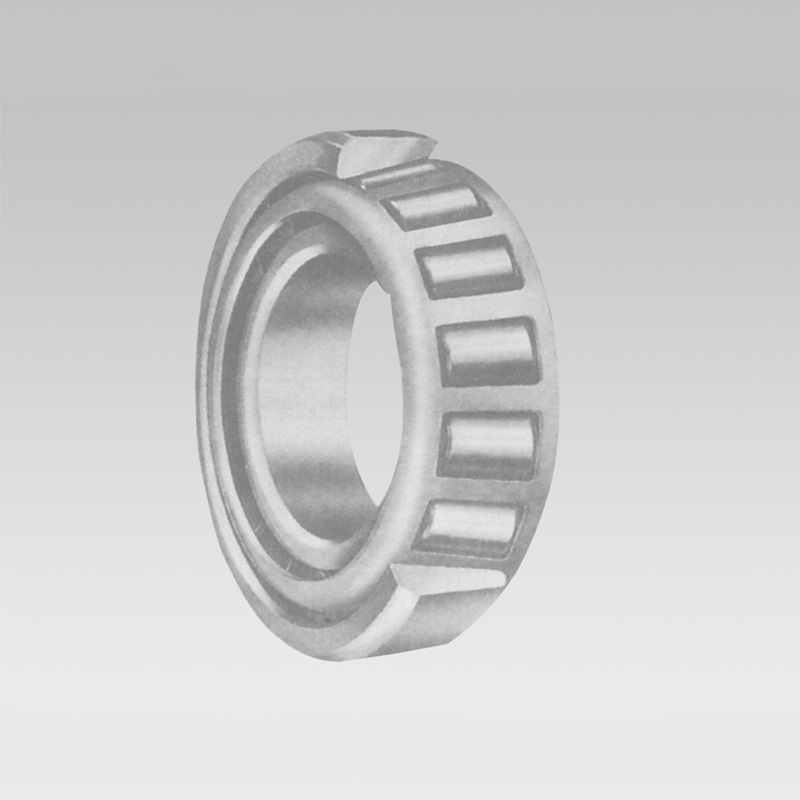
9 月 . 18, 2024 21:30 Back to list
ball bearing 6202 dimensions
Understanding the Dimensions of 6202 Ball Bearings
Ball bearings play a crucial role in various machinery and equipment, providing smooth operational functionality and reducing friction between moving parts. Among the diverse range of ball bearings available, the 6202 ball bearing stands out due to its widespread application and reliable performance. This article aims to delve into the specifics of the dimensions of the 6202 ball bearing, highlighting its significance in mechanical systems.
The 6202 ball bearing conforms to the International Organization for Standardization (ISO) standards and is classified as a deep groove ball bearing. This type of bearing is renowned for its versatility and can support both radial and axial loads, making it suitable for numerous applications. Understanding its dimensions is essential for engineers and manufacturers when selecting the right bearing for their specific needs.
The dimensions of a 6202 ball bearing are standardized as follows
1. Inner Diameter The inner diameter of a 6202 ball bearing is 15 mm. This measurement is critical because it determines how the bearing fits onto the shaft. A precise fit helps prevent excessive movement that could lead to wear and tear.
2. Outer Diameter The outer diameter is 35 mm, allowing the bearing to sit firmly in its housing. This dimension is vital for ensuring stability and proper load distribution when the equipment is in operation.
ball bearing 6202 dimensions

3. Width The width of the bearing measures 11 mm. This dimension contributes to the overall load-carrying capacity of the bearing. A wider bearing can support greater loads, which is essential in heavy machinery applications.
4. Ball Diameter The ball diameter, which refers to the size of the individual steel balls inside the bearing, typically ranges around 6.35 mm (1/4 inch). The precision of these balls ensures minimal friction and optimal performance.
The 6202 ball bearing typically operates under various conditions, from low to high-speed machinery, owing to its robust construction and materials. Common materials used for manufacturing 6202 bearings include high-chromium steel, which enhances strength and durability, along with options for stainless steel variants for environments exposed to corrosion.
Additionally, the 6202 bearing is available in different configurations, such as shielded (with metal or rubber shields) or sealed designs. Shielded bearings help retain lubrication while keeping contaminants out, whereas sealed bearings provide a complete barrier against dust and moisture, ensuring longer service life.
In various applications, from electric motors to automotive industries and industrial machinery, the 6202 ball bearing serves an imperative function. Understanding its dimensions and characteristics not only assists in selecting the correct bearing but also significantly impacts the overall efficiency and longevity of the equipment.
In conclusion, the 6202 ball bearing represents a fundamental component within mechanical designs, where its standardized dimensions play a pivotal role in ensuring compatibility and effective performance. By paying attention to these details, manufacturers and engineers can enhance their design's reliability and efficiency, ultimately contributing to smoother operation in a multitude of applications. Whether in a simple fan or a complex industrial gearbox, the 6202 ball bearing is indeed critical in the functioning of machinery around us.
Latest news
-
Unlocking Efficiency with Spherical Roller Bearings
NewsOct.29,2024
-
The Ultimate Guide to Thrust Ball Bearings
NewsOct.29,2024
-
The Power of Thrust Roller Bearings: Engineered for Excellence
NewsOct.29,2024
-
The Power of Deep Groove Ball Bearings for Your Application Needs!
NewsOct.29,2024
-
The Power and Performance of Cylindrical Roller Bearings
NewsOct.29,2024
-
High-Quality Ball Bearing Manufacturing Machines
NewsOct.29,2024
